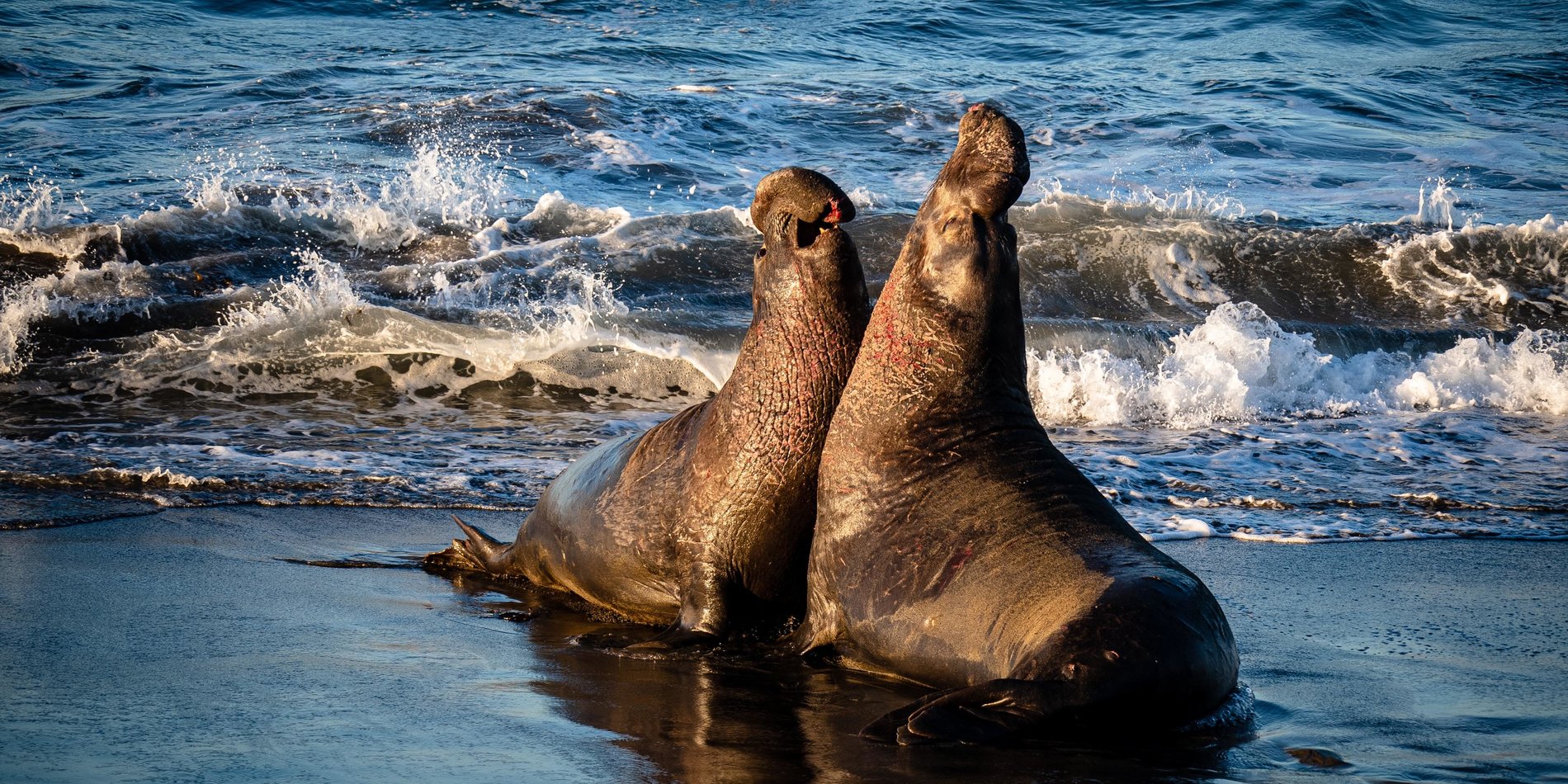COMPMED 81Q: Aardvarks to Zebras: The A to Z of Animal Anatomy
General Education Requirements
Course Description
Ever wonder what cats and narwhals have in common? Maybe you haven’t, but despite their seemingly different lifestyles and habitats (i.e., sleeping on couches versus swimming in oceans), they are both mammals! In this seminar, students will gain an appreciation for basic mammalian anatomic and physiologic principles that span across multiple species while emphasizing key differences that render each species unique. Through student projects, we will explore evolutionary adaptations that have driven the success of a variety of species within the context of their natural environments. In addition to a weekly lecture, laboratory sessions will reinforce anatomic principles through a combination of rodent cadaver dissections and organ and bone specimen identification. As conditions allow, students will have the opportunity to visit Año Nuevo State Park to experience a guided viewing of northern elephant seals within their natural habitat. Students with a passion for science will gain a fundamental understanding of anatomy that is applicable to future careers in medicine, biomedical research, veterinary medicine, and ecology/conservation.
Meet the Instructor: Kerriann Casey, DVM

"When I tell people I’m a veterinarian their typical response is, 'Oh, you must love working with dogs and cats!' Don’t get me wrong, I love dogs and cats (especially cats), but although I’m a vet by training, my job is far different from what most people think of when they hear the word 'veterinarian'. I didn’t grow up in a house full of pets or aspire to be a veterinarian from the time I was a young kid. In fact, it wasn’t until my senior year of college that I decided a passion for research and science did not have to equate to pursuing a Ph.D. or medical school degree.
"I’ve spent many years studying and exploring the anatomic and microscopic features that differ amongst domestic species (dogs and cats) but also more non-traditional species such as marine mammals, farm animals, and exotics. As a comparative veterinary pathologist at Stanford, I provide collaborative research support to both physician- and basic-scientists who are working with animal models of human disease. In this role, I microscopically evaluate animal tissues and provide insight on topics including radiation oncology, novel medical imaging modalities, breast cancer, and many more. Studying comparative anatomy is an excellent way to gain an appreciation for the complexity and diversity of the many species we often take for granted."




